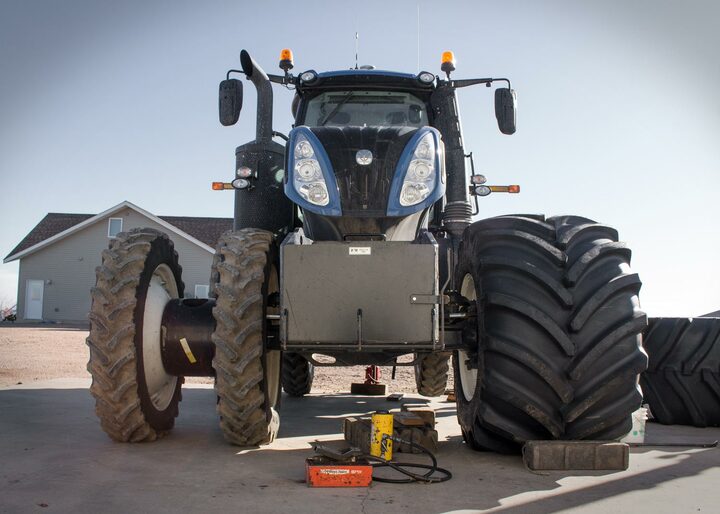There is a young guy on you tube in IA with a popular farming video each day. Last week he had his Case-IH 340 hp planter tractor tires changed to the the new LSW wide single tires on all four corners. Looks like the tire on the right in the picture. So he has no duals now just 4 super singles on a 28,000 lb - 30,000 lb tractor that is going to pull his corn planter . He said the reason he did this was the singles will give less side wall compaction where the corn seed is dropped in the furrow than the 8 dual wheels would have.. The singles are wide enough that they will drive over the pathway of 2 corn rows or 4 in total for both wheels each pass across the field. The 8 dual wheels were designed to not be in any pathway where a corn row would be planted. Is he going to suffer a yield loss on the 4 rows where these super single tires are running over corn rows compacting the soil ? Has he thought this tire change over correctly on a planter tractor with respect to corn yield ?



